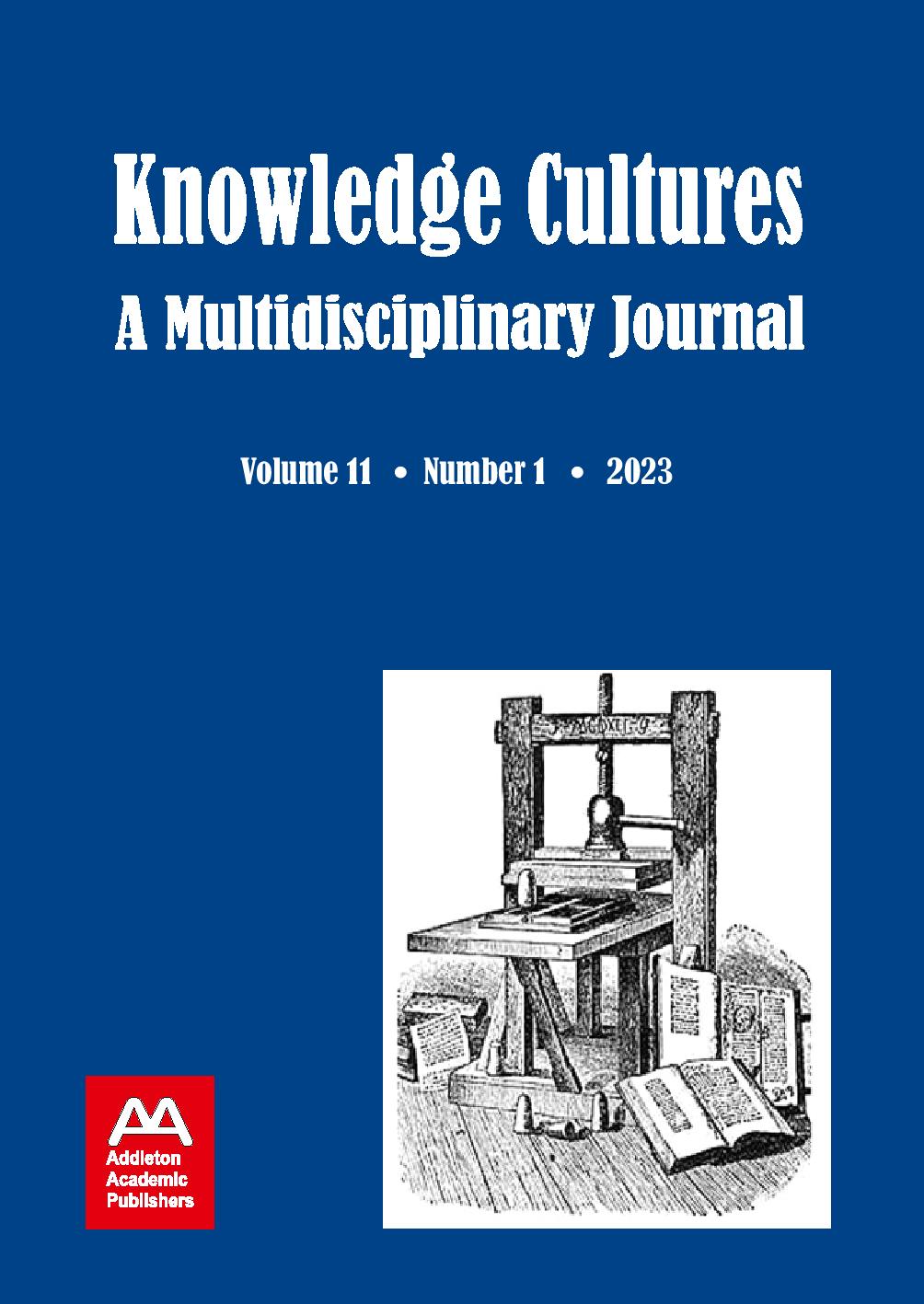‘Pūrākau o te Ngahere’: Indigenous Māori Interpretations, Expressions and Connection to Taonga Species and Biosecurity Issues
‘Pūrākau o te Ngahere’: Indigenous Māori Interpretations, Expressions and Connection to Taonga Species and Biosecurity Issues
Author(s): Bevan Erueti, Natasha Tassell-Matamua, Pikihuia Pomare, Bridgette Masters-Awatere, Kiri Dell, Mariana Te Rangi, Nicole LindsaySubject(s): Environmental Geography, Culture and social structure
Published by: Addleton Academic Publishers
Keywords: Māori knowledge systems; pūrākau; taonga species; biosecurity; forest health;
Summary/Abstract: The utility of mātauranga Māori (Māori knowledges) in Aotearoa|New Zealand Forest conservation is not particularly visible in research and policy. Indeed, current forest biosecurity processes are largely constructed from Western principles, values and scientific knowledge that are often devoid of Māori beliefs and values. While the interface between mātauranga Māori and mainstream science is still problematic, we argue that traditional Māori frameworks, ethics, and principles that capture local interests, perspectives, realities, and aspirations of Māori are mandatory to articulate modern solutions to taonga species and biosecurity issues. A mātauranga Māori approach draws upon physical, spiritual, and metaphysical values, providing a unique knowledge base in which to improve environmental management, including protection of biological heritage. By employing a pūrākau (storying) method that endorses personal lived realities as a means of knowledge transfer, we were able to elicit the meaning and value our participants give to te taiao (the environment), ngahere (forests) and taonga (heritage) species. We conclude that mātauranga Māori is a necessary discourse if the longer-term biosecurity strategic goals of Māori and the government are to effectively and efficiently result in collaborative priorities in forest health.
Journal: Knowledge Cultures
- Issue Year: 11/2023
- Issue No: 1
- Page Range: 34-54
- Page Count: 21
- Language: English
- Content File-PDF

